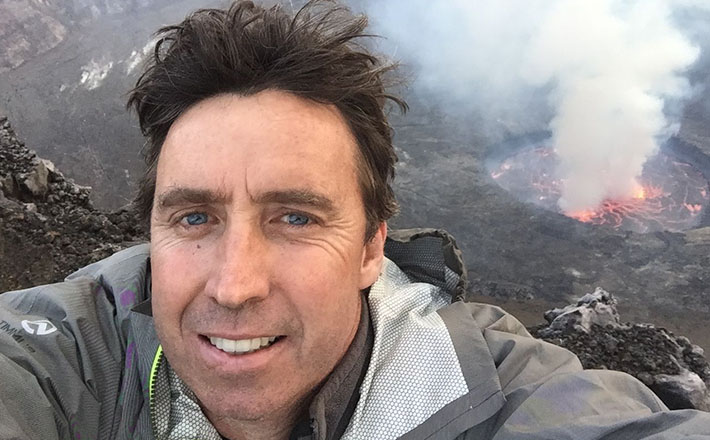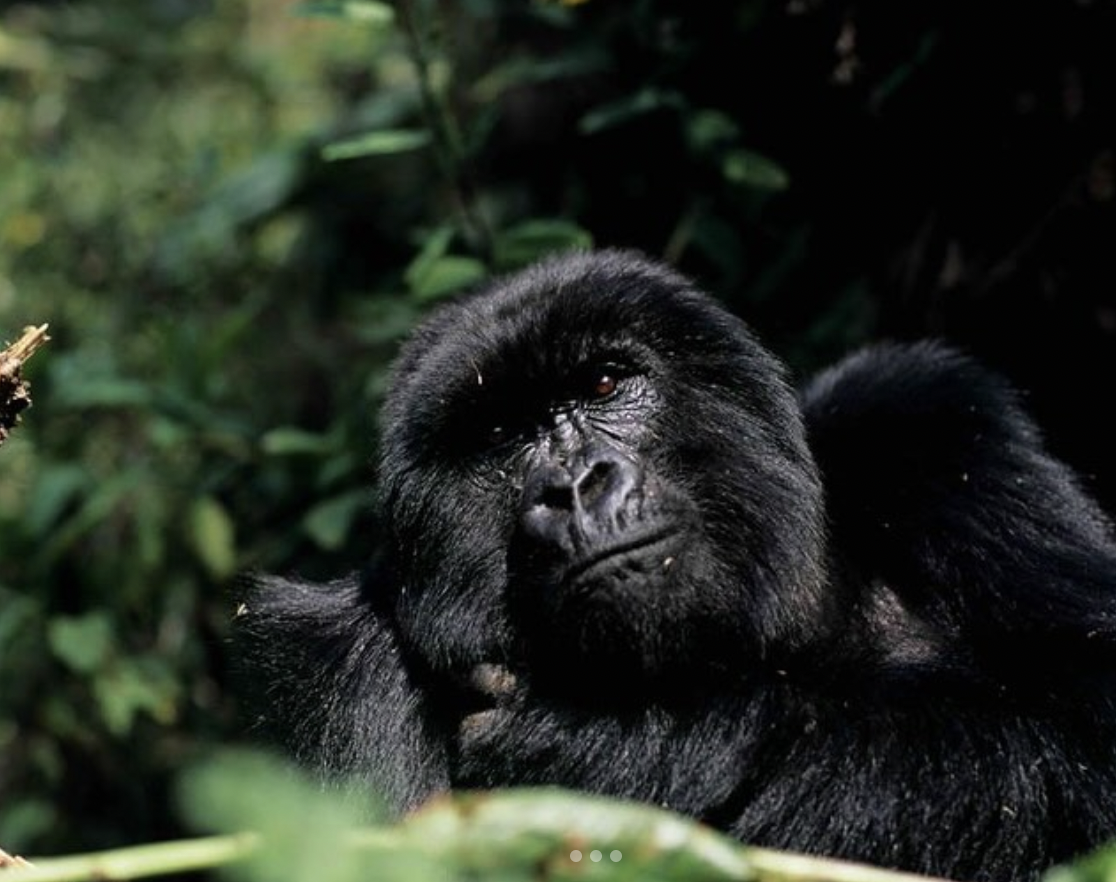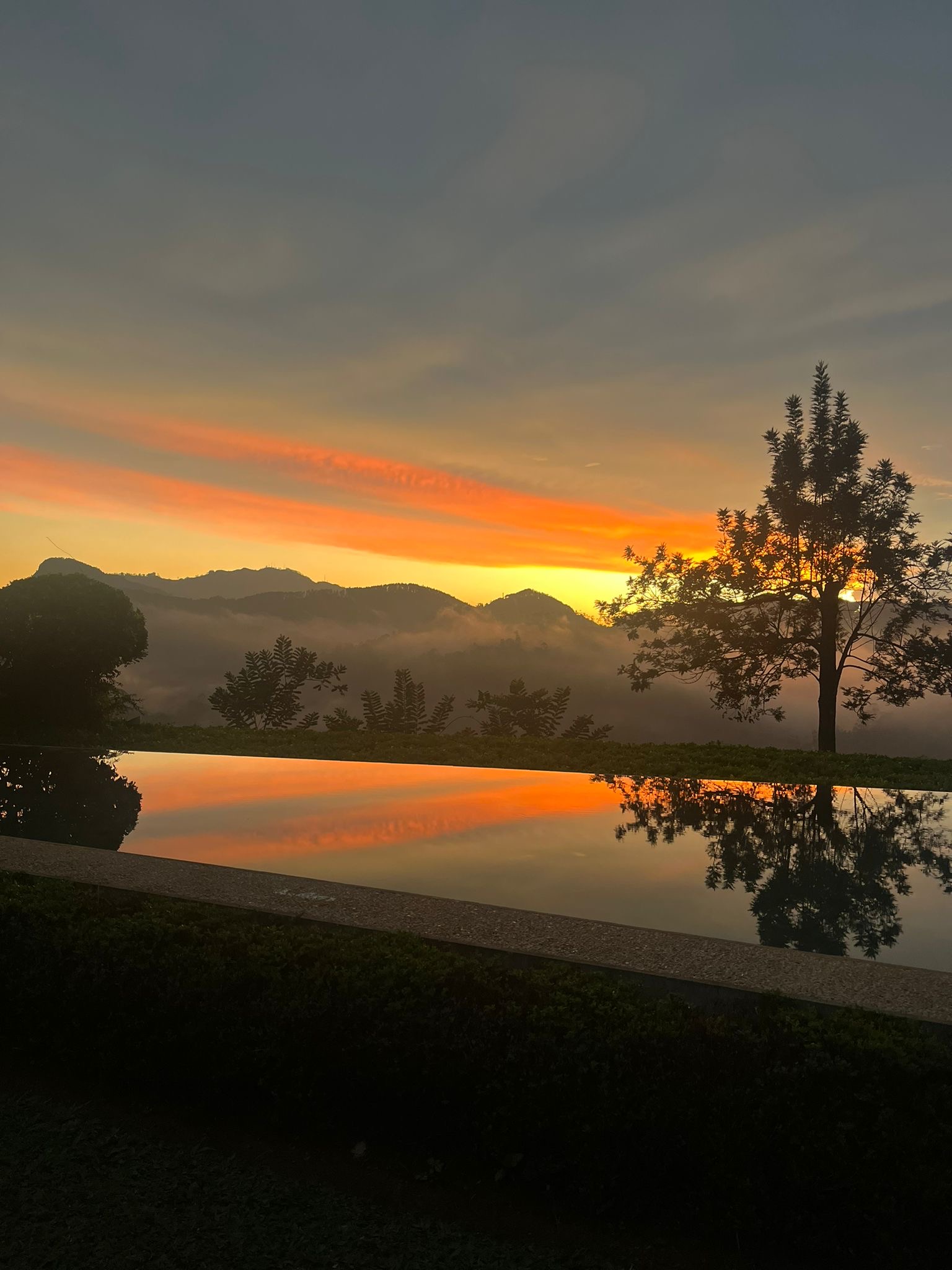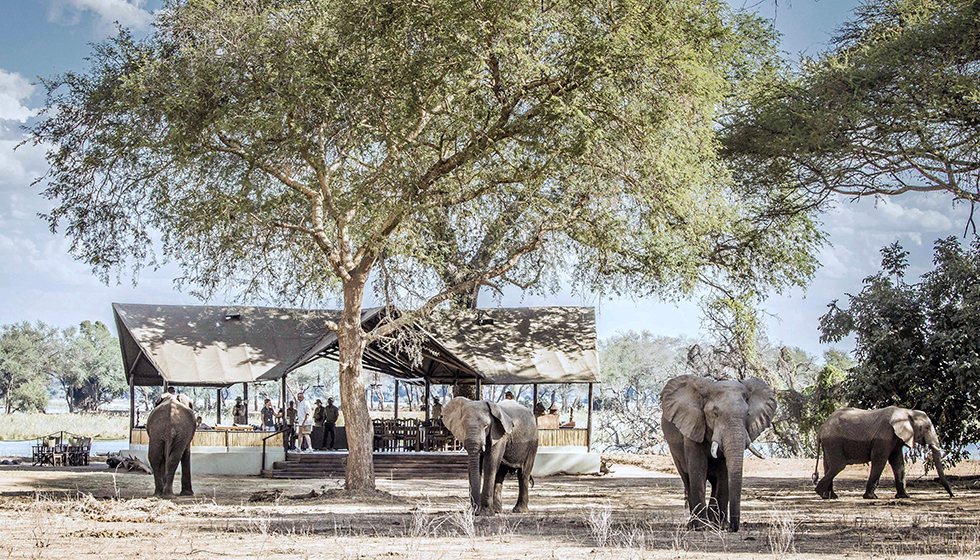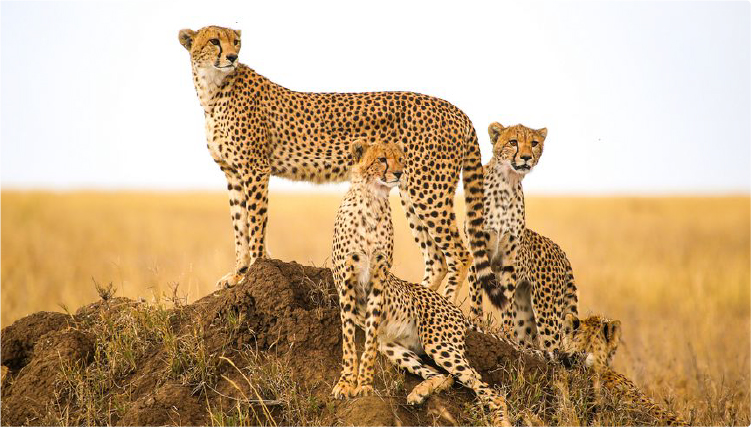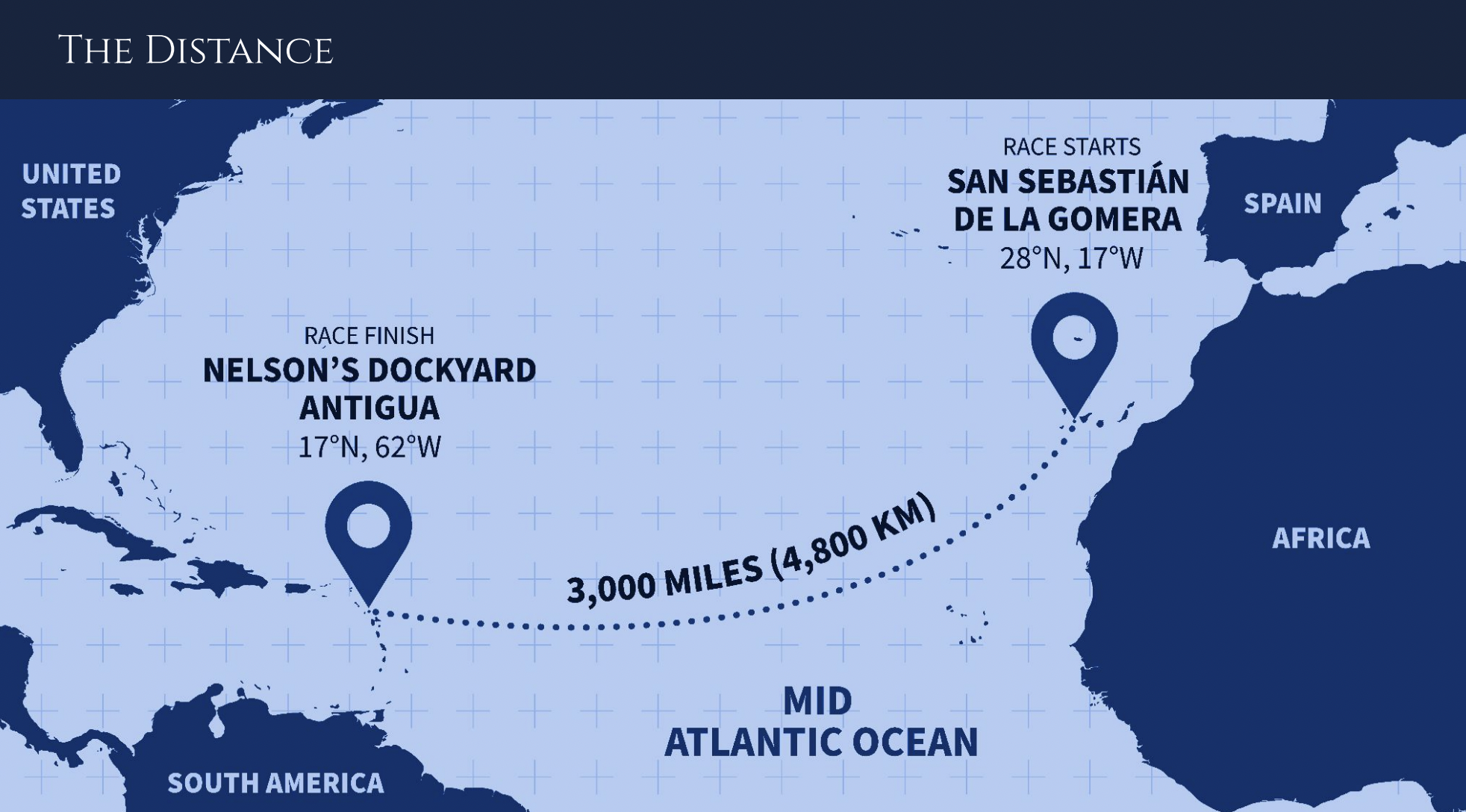
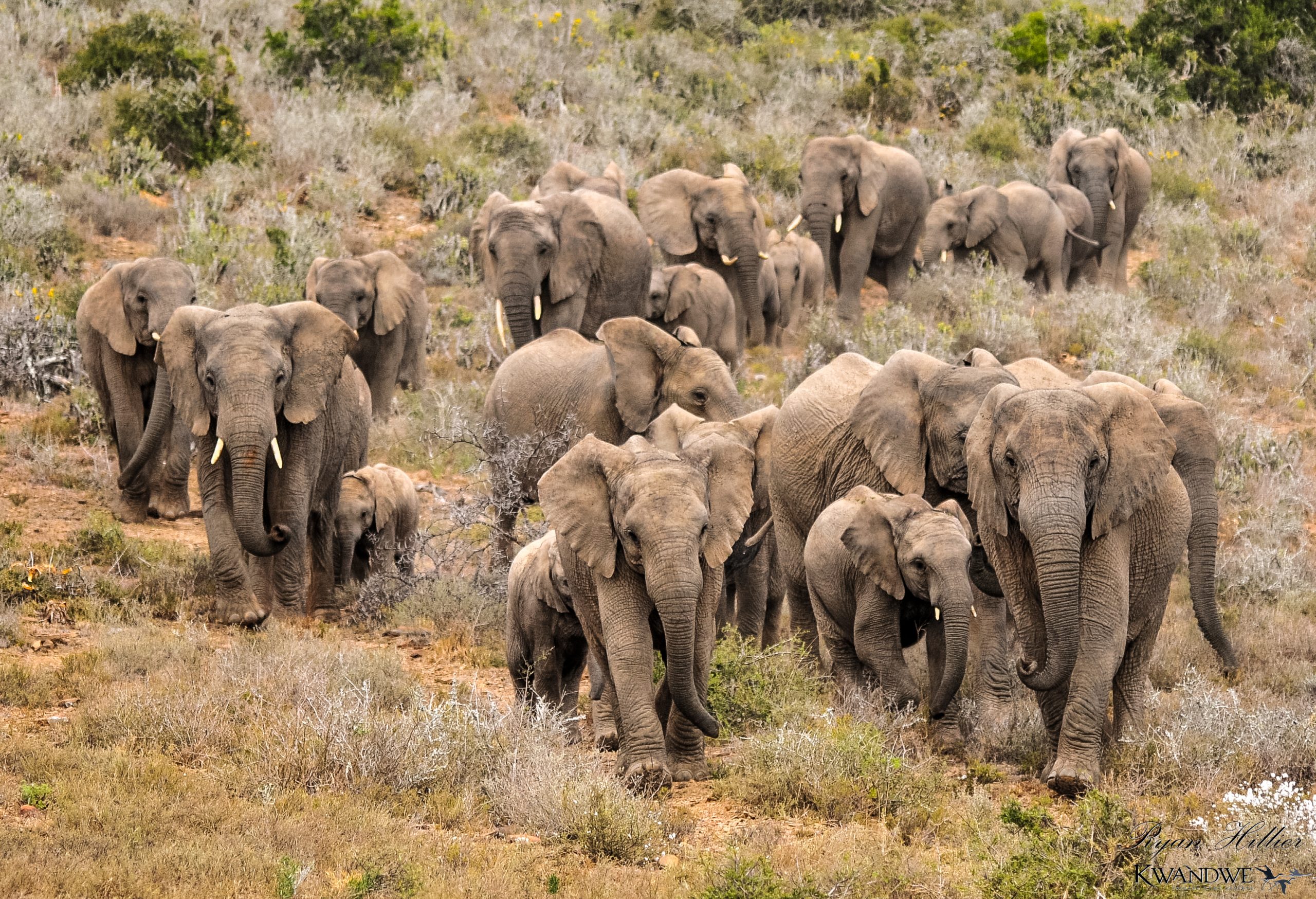
A New Era – The Expansion of Kwandwe
“Stations, tracks of two male lions heading east along 7 Rivers Road.”
While that may not be a sentence heard regularly in other walks of life, in ours it’s a pretty common occurrence. Calling in tracks of lions or other animals on the radio is a normal part of what we do, letting each other know where they are and what direction they’re heading in is part of the search to find these animals.
And yet when Martin called in this particular update, it was different. It signified a lot more than just information about lion tracks, to us it meant that a new era had truly begun!
That road name had never been said before on our radios and none of us had ever found lion tracks on that road before, because this was the first time in two centuries that lions had been able to set foot on that soil.
On the 1st of September, we began taking down what has been our south-eastern boundary for the last 25 years and have now opened up an additional 8 000 hectares of land to Kwandwe. It is a goal that has been driven primarily by the need to restore and expand suitable habitats for critically endangered black rhino and cheetah and now brings the total size of the reserve up to 30 000 hectares (74 000 acres or 300 square kilometers) of beautiful, pristine Eastern Cape wilderness and a haven for these species.
A few days later I sat on what used to be the boundary of the reserve watching a herd of elephants cross onto new ground for the first time, hesitant initially as their trusted and well used routes did not include these unfamiliar hills and valleys. First one young bull and then another ventured into unchartered territory before some of the older cows followed, communicating almost constantly with their deep rumbling vocalizations as they moved towards the inviting spekboom thickets to feed.
What an experience to witness firsthand, to be privileged enough to watch a vast tract of land be returned to wilderness in a world where expansion usually results in the wild areas becoming smaller, not bigger.
It has been a painstaking process, and it has taken 7 years to reach this point. After decades of livestock farming, ecological function had broken down completely in large parts of this area and had to be carefully restored to allow the land to begin its return to its natural state. The majority of the now 3,5 million spekboom saplings that have been planted in our ongoing restoration project were planted in this area.
Internal infrastructure such as livestock fencing had to be removed, new roads needed to be built in the right places while others needed to be closed and rehabilitated. Security measures had to be put in place and the area made ready for the many species that would soon be able to roam freely throughout.
The land itself is beautiful and varies a lot across the area. The northern parts are slightly more open, with big open clearings interspersed by drainagleines that feed numerous waterholes. The southern parts are dominated by deep valleys with slopes of dense thicket or magnificent rock cliff faces on either side. Ancient rock paintings have been found in some of the caves along these cliff faces, illustrations of what by past inhabitants of this land.
The high ground between the valleys allows for the gorgeous panoramic views that are so characteristic of the Eastern Cape, and perfect spots to enjoy a sundowner while looking out over the endless rolling hills. It is a truly wonderful addition to Kwandwe in every sense and it creates more areas for our wildlife to thrive in and more areas for us to explore.
Now is the fun part as we learn the nuances and secrets of this new land, finding our way around in search of animals who themselves are finding their way around what has always been their historic range and ancestral home.
Ryan Hillier


